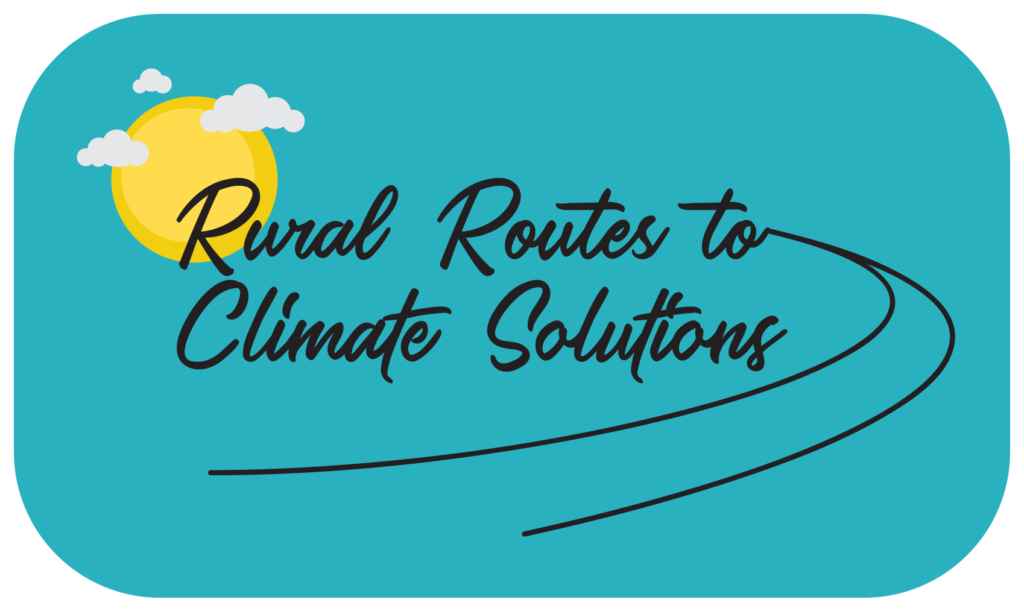Farm Water Management
August 5th, 2020
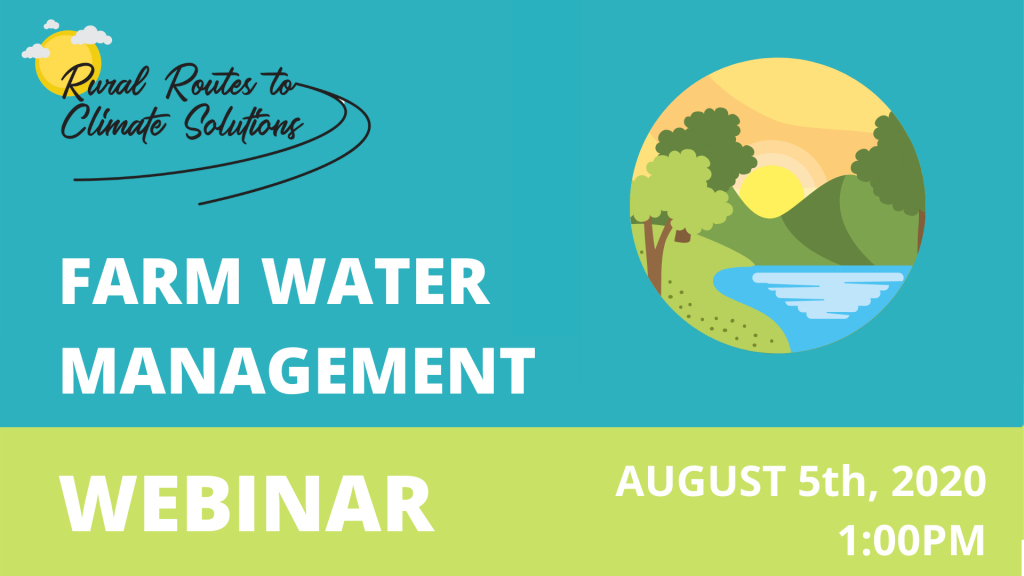
Join us and Takota Coen of Coen Farm to discuss farm water management.
Perennial Grains Webinar
June 17th, 2020
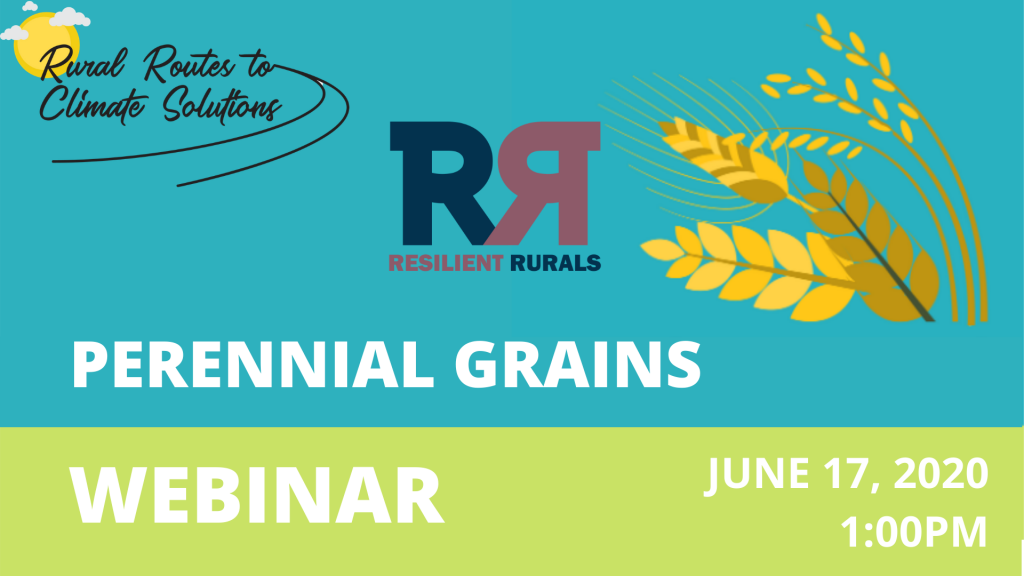
Join us, Resilient Rurals, and Phd Candidate Erin Daly of the University of Alberta to learn more about perennial grains in Alberta!
Passive Solar Greenhouses Without Borders – Freshpals Farms – Olds, AB
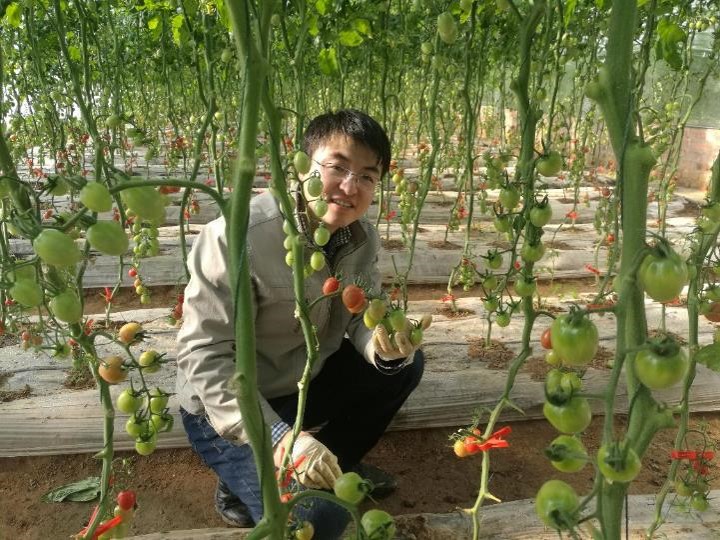
What makes Jianyi’s vegetables at Freshpal Farms so unique isn’t only a matter of taste: it’s how he grows what he loves. Jianyi cultivates vegetables 12-months of the year in a passive solar greenhouse – a greenhouse powered 100 per cent by the energy of the sun. Whereas conventional greenhouses rely on fossil fuels and artificial heat to warm through the winter, a passive greenhouse relies only on the sun. Jianyi runs the largest commercial passive solar greenhouse in Alberta.
Passive solar technology works to trap and store solar energy. Solar energy is released slowly to heat up the greenhouse, which creates optimal growing conditions so Jianyi’s thin-skinned tomatoes can thrive year-round – even in one of the most bitterly cold growing zones on the planet.
EP32 Alley Cropping
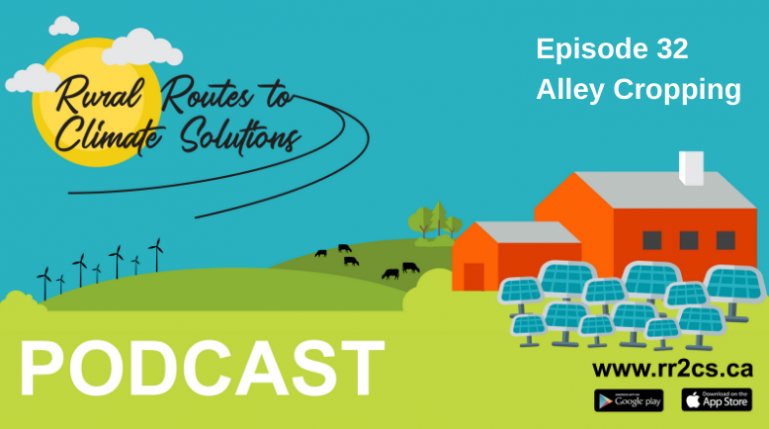
Podcast: Play in new window | Download
Subscribe: RSS
A new land management practice that involves seeding crops between rows of trees to boost yields, productivity and carbon sequestration. And yes you can do this in Alberta. Noel St. Jean of AWES explains.
Intercropping Webinar
June 3rd, 2020
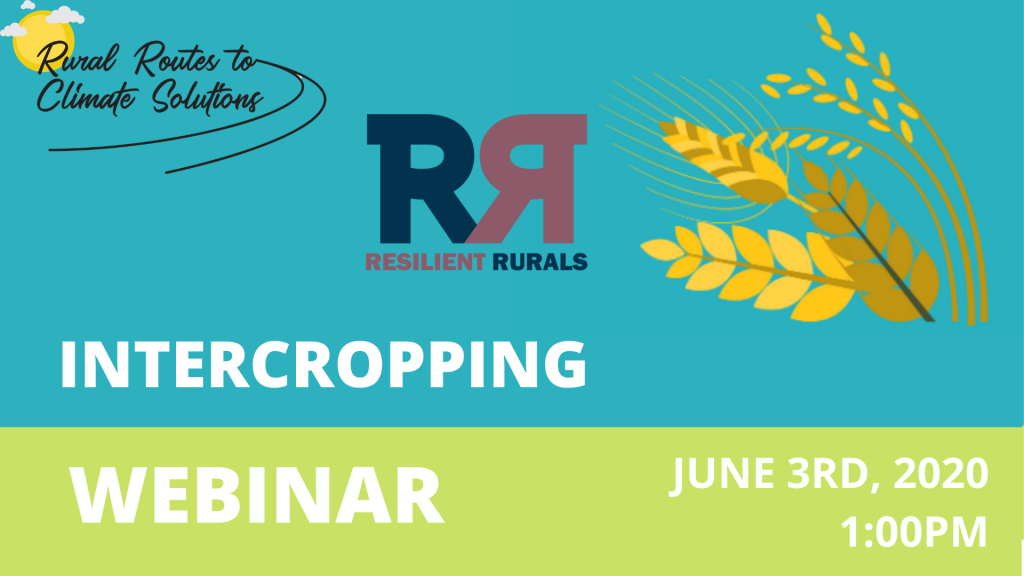
Join us, Resilient Rurals, and Dr. Eric Bremer of Western Ag Innovation to learn more about intercropping in Alberta!
EP31 Soil Carbon Re-Intro
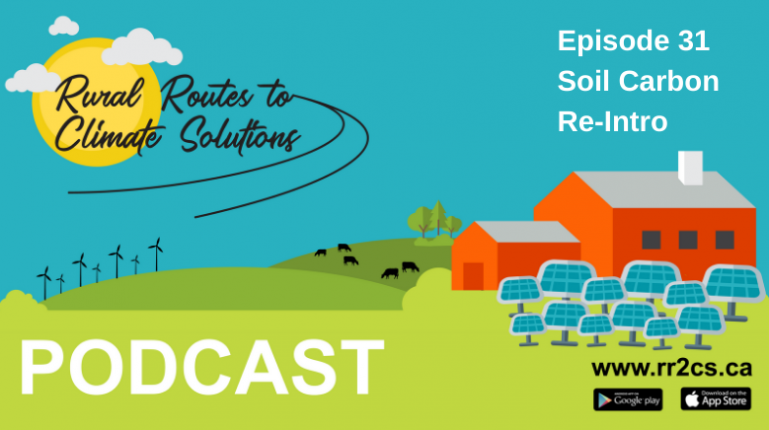
Podcast: Play in new window | Download
Subscribe: RSS
Soil carbon sequestration is complex, but a necessary process to understand if you are an agricultural producer. Dr. Tracy Misiewicz explains how carbon can be stored in our soils for years and even centuries.
EP30 Native Plants
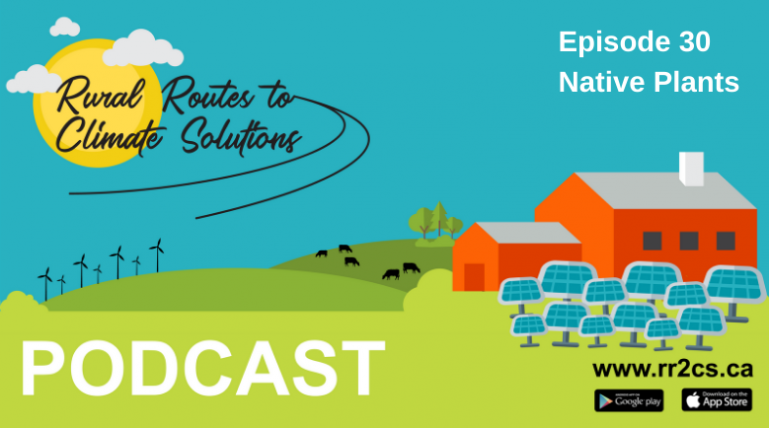
Podcast: Play in new window | Download
Subscribe: RSS
Longtime Woman and Running Coyote of the Kainai Ecosystem Protection Association tell their stories and the stories of the native plants of Niitsitapi (Blackfoot) territory.
Experimenting with No-Till Regenerative Agriculture – Steel Pony Farms – Red Deer, AB
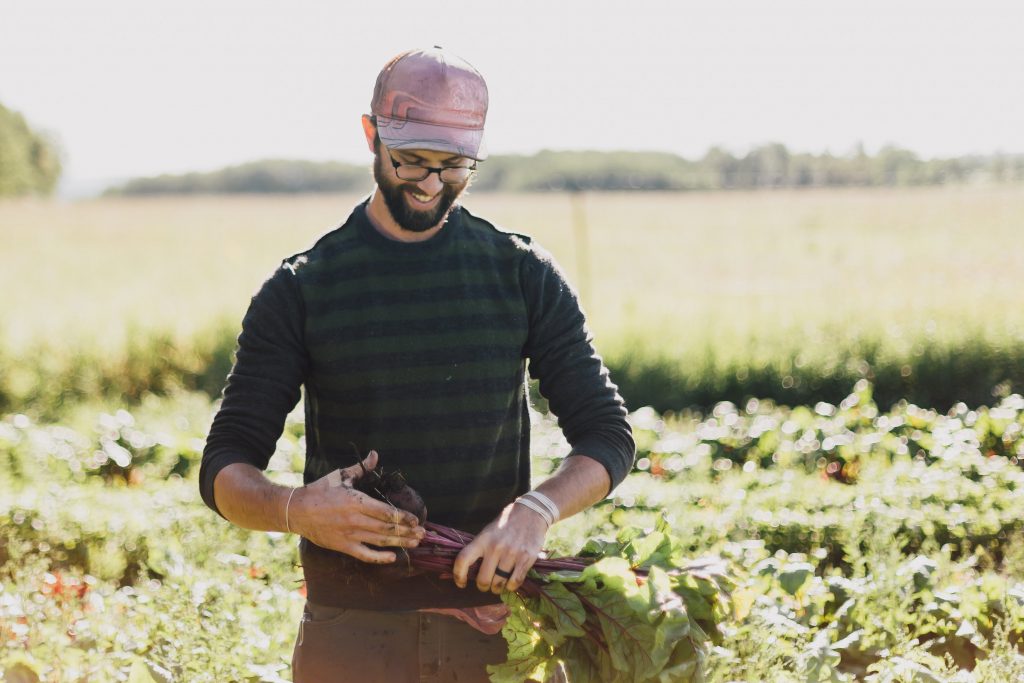
With no knowledge about food production prior to these experiences, my learning curve was exponential. I became familiar with field crops, beef, dairy, goat, sheep, pig, broiler, egg, honey, vegetable, and fruit production. By engaging in a diversity of production methods, I observed the impact these methods had on the plants and animals being produced. In general, I saw that when farmers prioritized soil biology, as opposed to short term yield increases through the use of synthetic chemicals, they created healthier farming systems, healthier plants, healthier animals, and more successful farms – in terms of a triple bottom line.
Intercropping: Experimenting for Diversity – Andy Kirschenman – Hilda, AB
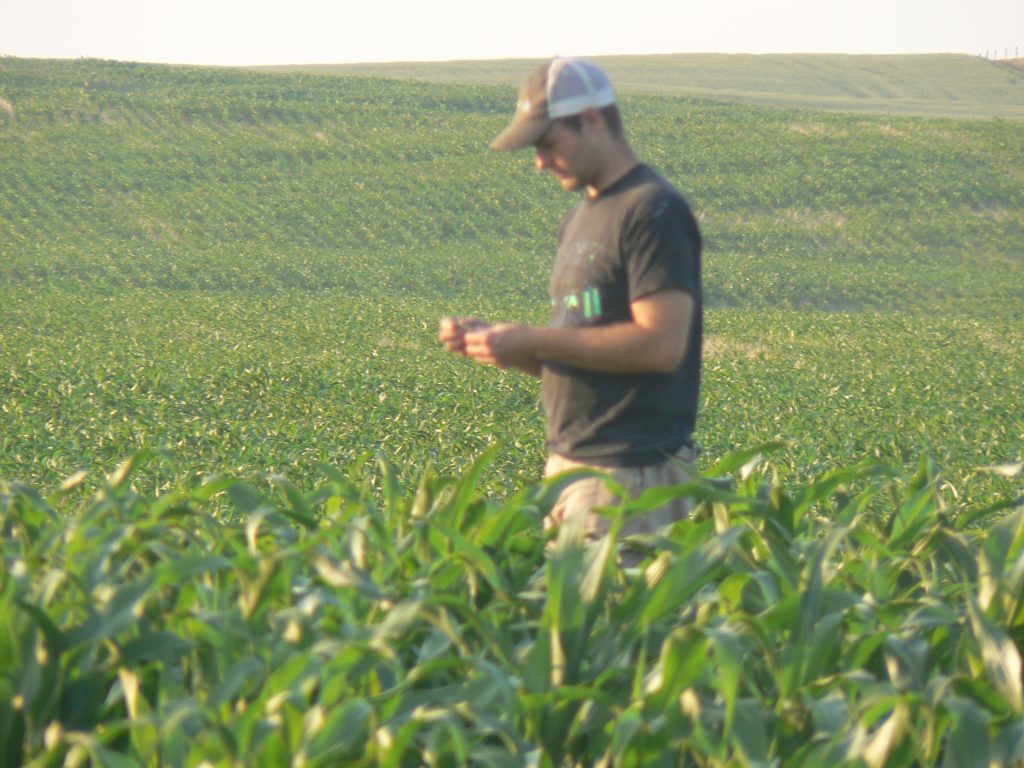
Intercropping is something that I was first drawn to after reading articles about Colin Rosengren, a grain farmer who practices intercropping on his farm, Rosengren Farm, in southern Saskatchewan. Fifteen years ago, I first experimented with managing 20 acres of peas and canola, and have since tried different combinations almost every year. I have managed as much as 600 acres, and as little as zero in the years after that first try. I have experimented with different crops together and different seeding rates.
Investing in Solar Energy for Tomorrow – Vaudet Dairy
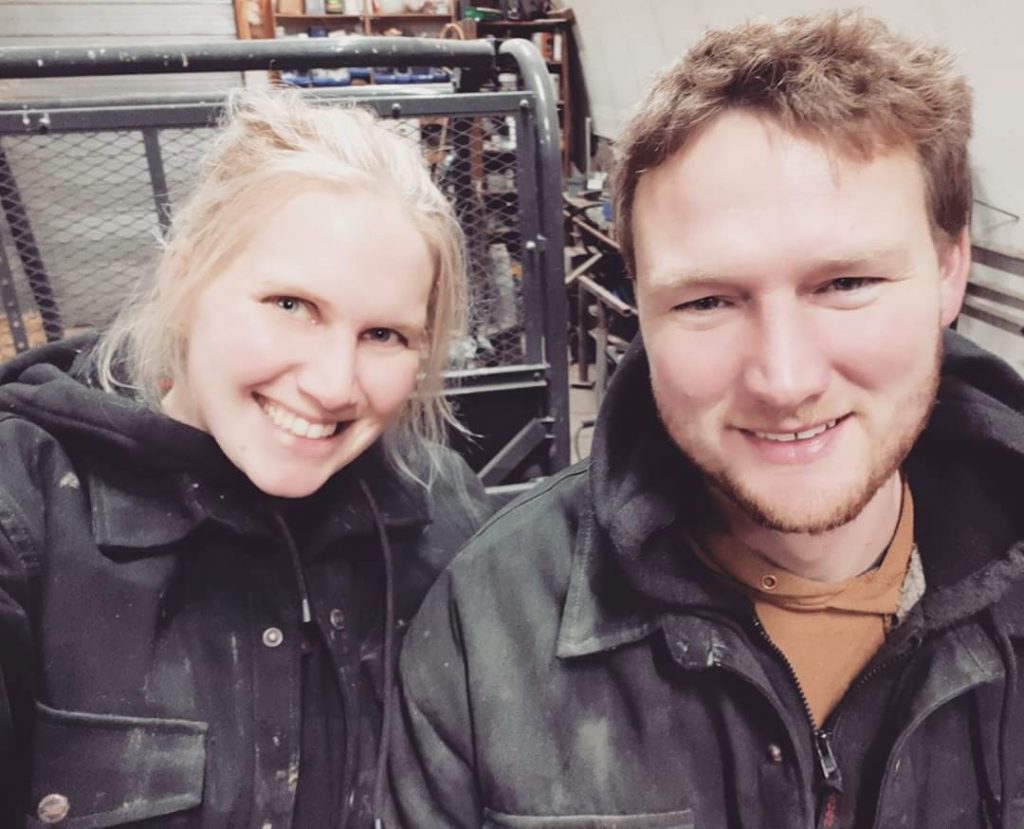
When the Growing Forward 2 (GF2) program came out in 2013, we started looking into what things they would approve for funding, to see if we could make any improvements to the farm. One of the key themes of GF2 was to ‘be proactive, increase productivity and advance sustainability.’ With fluctuating electricity rates and a deep concern for what the future prices would become, we did some research and turned our eye to solar panels.
